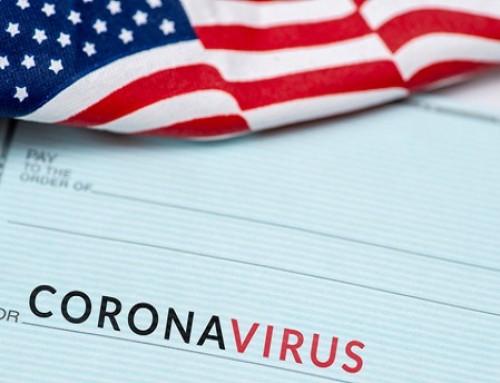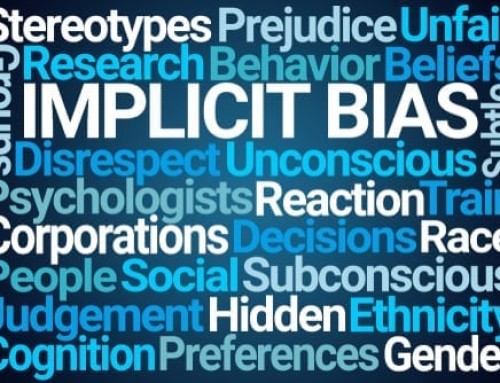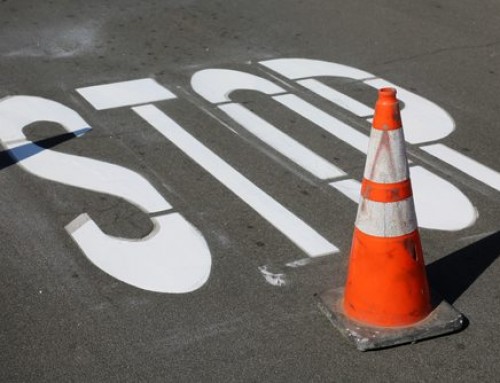In 2015, 2016, 2017 and 2018 weather events that garnered national attention significantly affected life in South Carolina. The flood in October 2015 affected people across South Carolina and cost an estimated $12 billion in damages. One year later, Hurricane Matthew again hammered South Carolina with crippling winds, rain, and storm surges that left at least 800,000 homes and businesses without power. And a year after that, Hurricane Irma spared South Carolina a direct hit, but caused flooding and storm surges in coastal communities and again left power outages throughout the state. With hurricane season lasting through November 30, businesses should be planning ahead while its calm.
Although a business owner can do little to mitigate the physical damage caused by a disaster, emergency preparedness planning can mean the difference between closing the business for the worst of the weather and shuttering the doors for good. According to the Institute for Business and Home Safety, 25% of businesses permanently close following a major disaster. More importantly, planning can help avoid or mitigate damages caused by non-weather related disasters. Here are some elements of good disaster preparedness planning:
Prevent When Possible
People cannot prevent natural disasters, like hurricanes and floods. But planning ahead for the types of natural disasters you may encounter may help prevent some of the damage. Think in advance about the need to board up windows, move electronics to an area less likely to be exposed to elements, and other ways you can protect vital property. In addition, emergencies like fires or flooding caused by faulty plumbing can be prevented with proper attention and maintenance. Check fire and safety systems regularly. Ensure the equipment used by the business is in good working order by securing regular inspections from professionals.
Create an Emergency Kit
A good emergency kit will make emergency contact numbers for local police, fire, and medical services and disaster relief agencies easily accessible. A kit should also have items like first aid supplies, batteries, some bottled water and non-perishable food, a flashlight and a battery-powered radio. Make sure the emergency kit supplies are checked and replenished regularly. Also, ensure that everyone knows where to find it.
Protect Vital Business Records
Many businesses are choosing to keep electronic copies of important business documents rather than paper. Ensure that there is an off-site back up of important business documents if they are maintained electronically. Paper copies kept on the site should have duplicates stored in a safe that has been listed by Underwriters Laboratories as resistant to fire, heat, burglary, and torches. Also consider professional storage solutions for vital records.
Understand Your Insurance Coverage
Before a disaster affects a business or a region, a business owner should check with the insurance agent to review deductibles and any limits to the policies. Insurance policies and the agent’s contact information should be in the emergency kit and/or maintained with the vital business records in an off-site location or fireproof safe.
Aside from property insurance, other types of insurance can help to mitigate a business’s losses after a disaster. If a business uses a payroll service, it should ask the provider whether they have a fiduciary bond in place. This bond could protect the business if there is a default by the payroll service. For some businesses, business interruption insurance can work in tandem with a disaster recovery plan to mitigate income loss to a business during and immediately after a disaster. Businesses interruption insurance is often sold as a rider to property and casualty or general liability insurance and may also be available to cover lost income due to damage to the property of suppliers and customers. Some insurance policies may also cover damages or lost profit due to government authorities restricting access to the property, like evacuation orders.
Understand Potential Losses
The Internal Revenue Service has a disaster loss workbook for businesses that can help business owners create a room-by-room list of their belongings and business equipment. Creating this list when a disaster is not imminent is a great way for business owners to recall and prove the market value of items for insurance and casualty loss claims. A business owner can also photograph or videotape the contents of the business and share these photos with another person who is not expected to be affected by the disaster.
Test the Plan
Business owners can test their disaster plans by having all employees work from home for one day. This allows business owners and employees to assess whether all vital information is available off-site in the event the physical location is destroyed or inaccessible. Making certain essential staff have access to financial records, software programs, and telephone connections will ensure a business runs as smoothly as possible when a disaster hits.
Any challenges posed by working from home for a day (or more) should be addressed in their order of importance. Consider moving project information to an internet-based cloud rather than in physical servers where information can become lost in the event of a total loss of the building.
Assess the Risk
A business can be affected when other companies endure a disaster. Consider all of the companies that were waiting on materials or goods from the Charleston ports when Hurricane Matthew blew through. Even though businesses in Atlanta, Augusta, or Louisville may not have been directly affected by Hurricane Matthew’s winds and rain, if the business relied on goods flowing through Charleston’s port it may have suffered significant losses while the ports were closed. Consider where essential business materials come from or go to and create a list of alternate suppliers or customers in the event a primary vendor or customer is affected by a disaster.
Final Thoughts
While natural disasters, such as hurricanes and floods, can preoccupy a business owner’s mind, these large-scale events happen much less frequently than burst pipes, small fires, computer crashes, and power outages. Craft a disaster preparedness plan with all levels of disaster in mind. The experienced employment lawyer and labor attorney at Gignilliat, Savitz & Bettis can help you review your disaster preparedness plans for human resource and employment issues to protect you, your employees and your business the next time disaster strikes.






